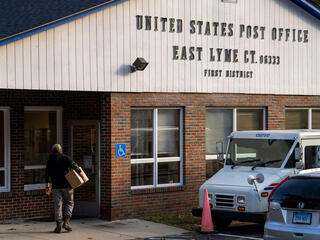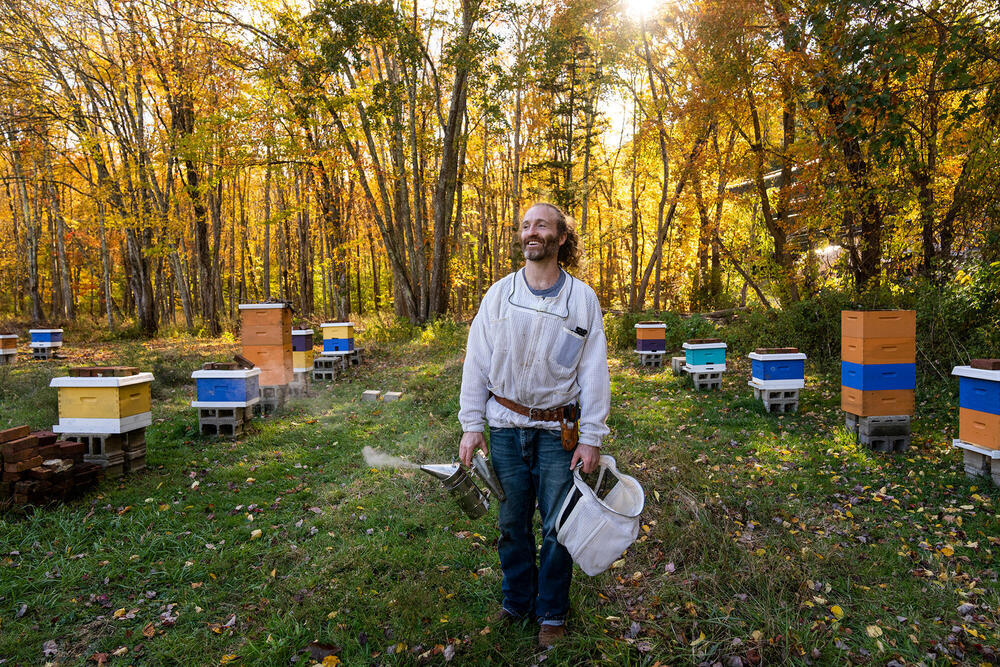At Fishers Island Oyster Farm in New York, just off the coast of Connecticut, Steve Malinowski is considering how he could use Farmers Post as another distribution channel. Currently, Malinowski ships boxes of up to 250 farm-raised oysters to individuals and restaurants from southern Maine to Delaware by United Parcel Service, which meets the Fishers Island Ferry at New London, Connecticut, to pick up the boxes on shipping days.
Malinowski’s daughter, Molly, who runs the farm’s shipping operation, says the benefit of Farmers Post for her family’s oyster farm would be in the low shipping rates. “We want to do more local business, and we see great potential. I’m hoping we get to a place where I can drop boxes off at one postal center, and they are delivered to many zip codes.”
Jim Sauber, chief of staff at the National Association of Letter Carriers, which represents more than 250,000 postal workers across the country, says he could see the program expanding to use regional distribution hubs to reach multiple zip codes. And, he says, “if we get a lot of volume, we could be doing pickups as well,” rather than requiring farmers to drop boxes at the post office.
Sauber thinks the additional revenue and the excitement of those who participate in the program bode well for expansion of the Farmers Post effort. “We think the program has tremendous promise,” he says. “A lot of people love to buy locally and support their local communities.”
The USPS hasn’t yet committed to expanding the service, but in a statement, it noted that the program “leverages the Postal Service’s vast, unmatched regional and last-mile network to provide consumers with the next-day delivery they expect.”
The project has also drawn the interest of the Canadian Union of Postal Workers, which recently sent a representative to visit participating farms. “Now more than ever, Canadians need access to fresh, affordable foods, and postal workers can deliver,” the union said in a statement. “Farmers Post is exactly the kind of creative solution Canada’s food system needs.”





